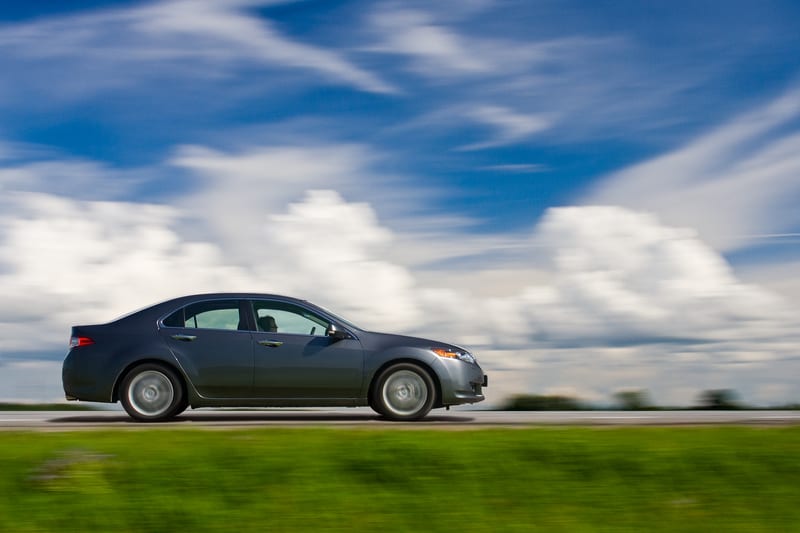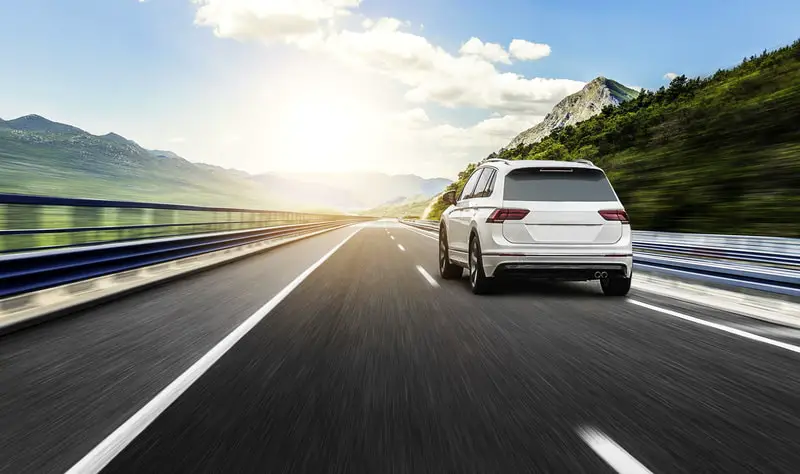
Gasoline prices have skyrocketed recently. Therefore, it’s only natural to look for cheaper alternatives, like using air-powered cars, instead of expensive gas that is crippling our economy.
A car can be powered by air when its accelerator activates a valve on the car’s compressed air tank that permits air to travel through a pipe toward the engine. The pressure of the expanded air then pushes into the pistons, which turn its crankshaft. However, fuel is needed to reach higher speeds.
While the idea of driving your car on air might sound like a futuristic pipe dream, it is not that far-fetched. So, if you want to know whether this idea is all hot air or not – read on.
Can a Car Be Powered By Air?
Would it not be great if we could use air to drive our cars, especially because it’s free, non-polluting, and is never in short supply!
It may be possible to use air to power our cars in the future; however, it’s a complex process. While some prototypes are fueled solely by compressed air, other versions rely on air in combination with fossil fuels.
So, how do Compressed Air-powered Vehicles (CAV) work, you might ask? The fueling cycle starts when highly pressured air is transferred from an air-pumping station (like a gas station) to the car’s compressed air storage tank.
The stored compressed air is then slowly emitted to provide mechanical power for the car’s pneumatic motor and wheels, which allows the driver to operate the vehicle. So, in essence, the car’s compressed air acts as a fuel source and an energy storage device.
The use of compressed air is not new, as it has been used to power trams in Paris since the 19th century. By 1970, Willard Truitt sold the first CAV design to NASA and the US Army.
Much progress has been made in CAV designs since Dr. Reza Evrin from Ontario Tech University created an isothermal prototype vehicle powered by compressed air in 2020. It had a driving range of nearly 87 miles and a 74 % energy efficiency rate, which outperformed electric cars.
How Does Air Power A Car?
Compressed air can be used to power cars as the laws of physics state that any gas that is not contained will fill other spaces. The simplest way to explain that concept is with an inflated balloon.
The balloon’s flexible skin compresses its air; however, the moment you insert a pin, the trapped air expands with such a great force that it explodes.
Likewise, storing compressed air in a tiny space equates to stored energy, which then powers a vehicle’s motor when the compressed air expands.
How Will Future Cars That Drive On Air Function?

While CAV or air cars are not currently on the market, car manufacturers planning to enter the market will likely produce vehicles with Compressed Air Engines (CAE). This includes tanks that could hold up to 3,200 cubic feet of compressed air.
The car’s accelerator activates a particular valve on the car’s compressed air tank, which permits air to travel through a pipe toward the engine. The pressure of the expanded air then pushes into the pistons, which turn its crankshaft.
So, in theory, the first commercially produced air cars should have enough power to maintain speeds of roughly 35 miles per hour. The compressed air is heated when it reaches the engine, which increases its speed. For speeds above 35 miles per hour, the car’s motor will provide additional power, relying on fuel.
However, when the inbuilt air compressor runs empty, it will need to be refilled by plugging it into a stationary air tank at home, where it can take hours to refill, or at a gas station in minutes once the necessary compressed air infrastructure is in place.
Are Air Cars Eco-Friendly?
Driving a car powered by compressed air holds significant benefits. This includes that the vehicle will not emit toxic pollutants unless it exceeds a speed of 35 miles per hour.
Once these cars reach that speed, their onboard air compressor generates more power and speed. However, the car’s motor, which operates the air compressor, will need limited amounts of biofuel or gasoline to heat the compressed air as it is emitted from the tank.
So, while these cars are not entirely environmentally friendly, they are far less detrimental than vehicles powered by fossil fuels.
What Are The Disadvantages Of Cars That Drive On Air?
While air cars are perfect for short commutes, they will most likely only be reliable for distances of up to 100 miles, so they are not suited to cross-country road trips. Furthermore, filling the car’s onboard air compressor at home can take up to two hours.
Like with all new technology, filling stations equipped with air pumps will also take some time to become readily available, which was also the case with electric cars when they first became commercially available.
Will I Be Able To Buy An Air Car Soon?
Leading Universities and car manufacturers like Tata Motors have created exciting Compressed Air-powered Vehicle prototypes in partnership with Motor Development International (MDI) in France as far back as 2007. However, the first commercially produced air car has not materialized despite this.
To make matters worse, several car manufacturers have attempted and failed to produce commercially available air fuelled cars. In contrast, others have made fraudulent or misleading claims in the past about their new prototypes.
So, air cars may be manufactured in the future, but there will be several technical hurdles to overcome. This is primarily because compressed air is not suited to store vast amounts of energy.
Other potential technical or design challenges include condensation, freezing, weighty pressure vessels, and costly and inefficient air-filling stations.
Conclusion
It has been proven that a car can be driven on air. Nevertheless, it does require additional biofuel or gasoline to power the vehicle’s motor once it reaches 35 miles per hour.
However, they will be a far more cost-effective and eco-friendly alternative to gasoline guzzlers if they become commercially available.
